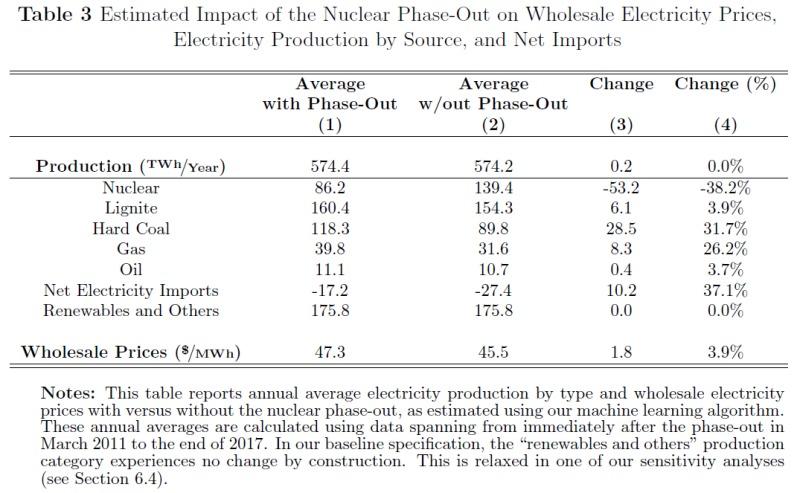What if Germany wasn’t shutting down Nuclear? Modelling Coal, Gas, Renewables, emissions, prices
Construction21 - La rédaction

Germany plans to shut down its entire nuclear fleet by 2022. Right now, of the original 17, only 7 are still running. The Fukushima nuclear accident in Japan of 2011 was the trigger for Germany’s abandonment of emissions-free nuclear as part of its clean energy goals. Maximilian Auffhammer at the Energy Institute at Haas reviews a paper by his colleagues that has modelled the whole-system effects of the shutdowns, then compared the results with a no-shutdown model. It’s been done plant by plant to carefully track the consequences: which energy sources stepped in (coal, gas), what happened to electricity prices (they rose), what happened to emissions (they went up). Auffhammer quotes estimates of the cost in damages of those increased emissions as $12bn ($150 per German), explaining that the benefits of the shutdown in terms of lower accident risk and reductions in spent fuel storage costs come “nowhere near” that $12bn. He concludes that the paper does not simply point to keeping nuclear, it points to a grid with more renewables. Admittedly, the cost of creating that grid is still not known.
I spent the first fifteen years of my life in Northern Bavaria, right next to the wall facing East Germany and Czechoslovakia. The air quality was reminiscent of what you encounter in some of the worst polluted places on earth these days. Snow would fall, two days later it was brown and black from the particulate pollution spewing from coal fired power plants on the other side of the wall, and the cars zooming by at 120 mph powered by leaded high octane gasoline in the West (...) Read more



